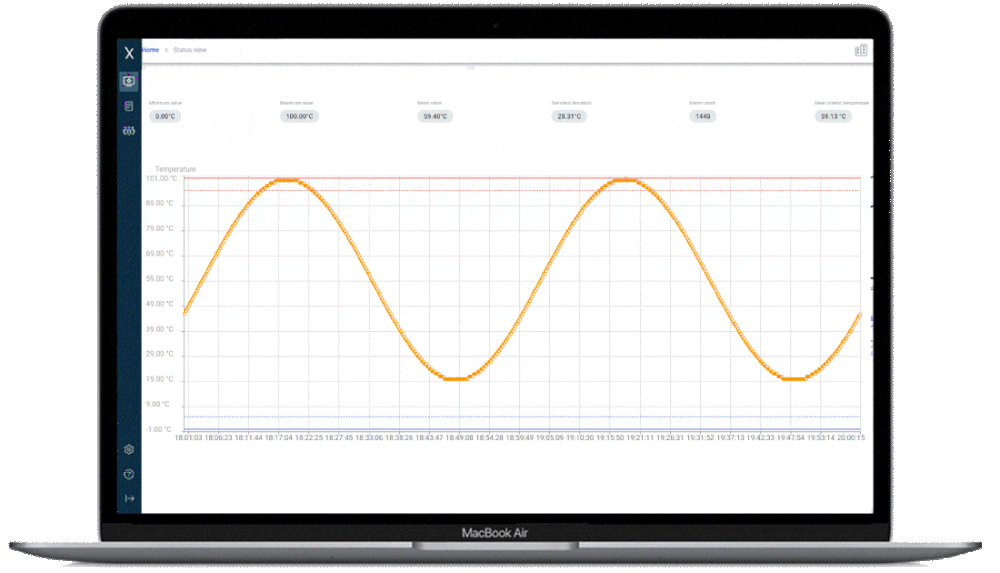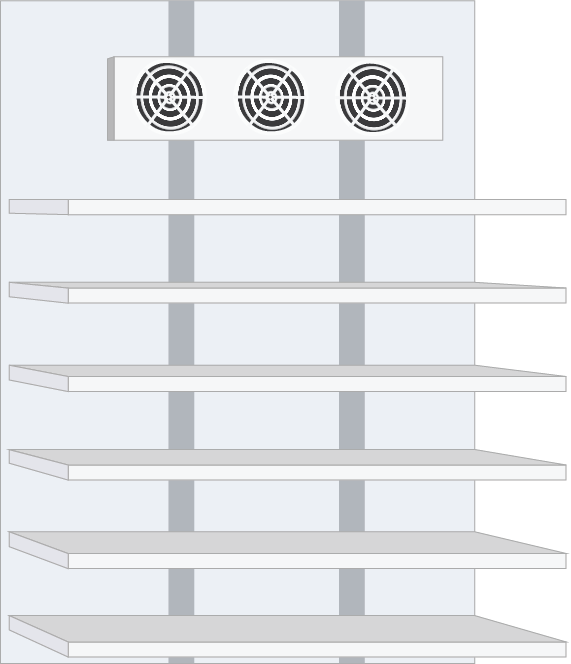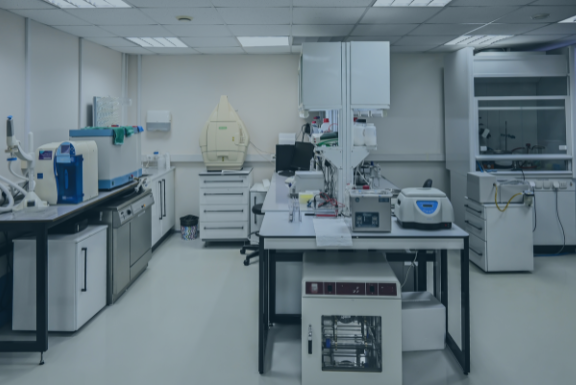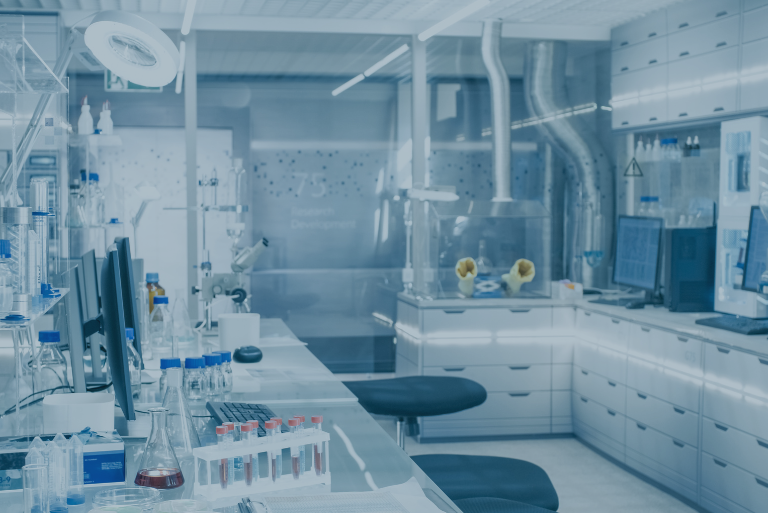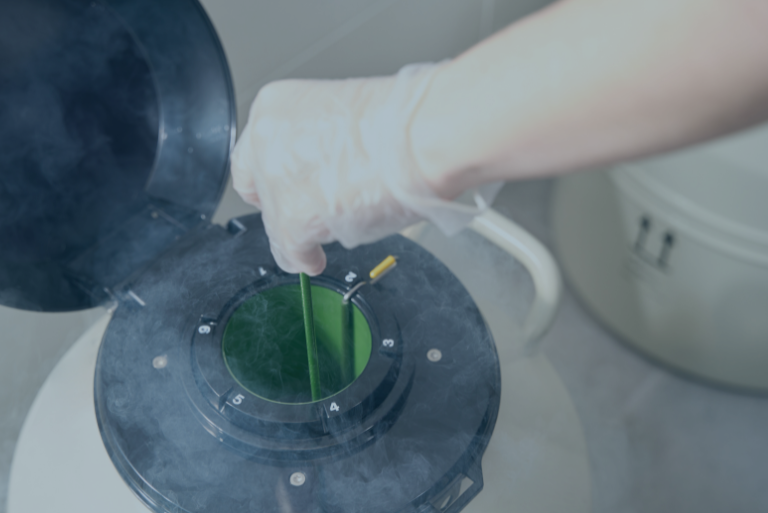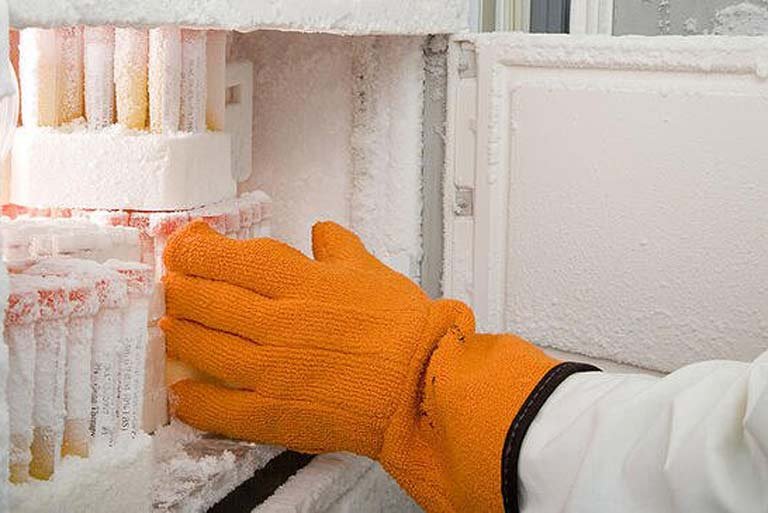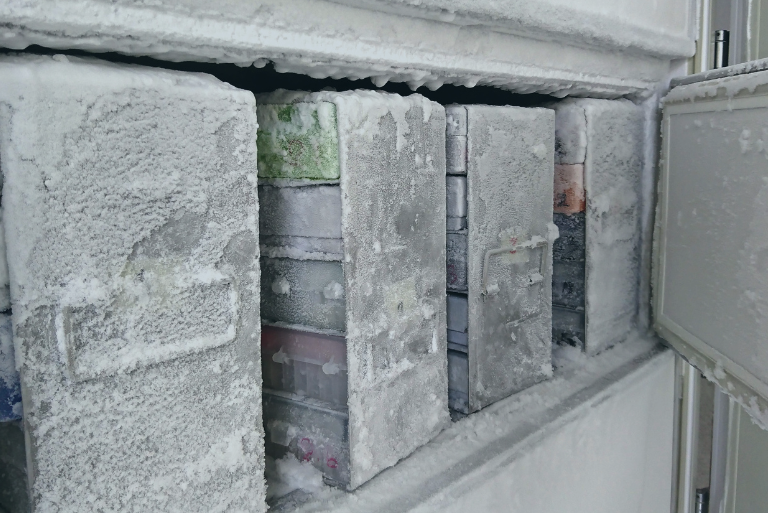Live Agent Environmental Monitoring System for Biobanks
24/7 Eyes on Your Biobank
Prevent asset loss with a reliable biobank environmental monitoring system. Maintain correct temperature ranges across all your storage units with redundant systems and 24/7 live agent support. No matter how many devices, systems, and ambient parameters you need to track, our platform adapts to your facility.
Ultra Low Temps. Ultra Reliable Monitoring.
Lost samples and data gaps are not an option. XiltriX learns the needs of your biobank and cryotank facility, then delivers a reliable EMS through purpose-built hardware, software, and SafetyNet team.
The Only Biobank Monitoring System with Problem-Solvers Included
Experience peace of mind knowing that our team is on every alarm escalation protocol, so critical assets in your biobank are always protected. In moments of high stress, our team is there to provide expert guidance to help you diagnose, evaluate, and address any problem.
Sensors and Integrations for Biobanks
| Power Consumption | Oxygen |
| Door Contacts | rH&T |
| Humidity Sensors | Visual/Audible Alarms |
| Temperature Sensors | Level Sensors |
| Ambient CO₂ & O₂ Sensors | Digital Alarm Outputs |
+ Many More
Don’t see what you’re looking for? Contact our team to speak with an expert.
Biobank Equipment Monitored by Xiltrix
Cryotanks (Liquid Phase or Vapor Phase)
Cryobanking is essential for the long-term storage of samples at ultra-low temperatures. XiltriX can monitor multiple tanks, integrated with a centralized controller, allowing for seamless monitoring and management across the entire setup.
-
Level Sensors: These sensors continuously measure liquid nitrogen levels, ensuring samples are not exposed to temperatures above the critical threshold. They can also ensure samples are in liquid or vapor phase.
Temperature Sensors: These sensors measure the temperature inside the cryotank to ensure it stays at the limits you require and guarantee there is always liquid nitrogen in the tanks.
Digital Alarm Output: We integrate with controllers and automatic filling systems to provide remote, real-time monitoring of critical parameters. Different controllers will have different alarm outputs, so we advise that you consult your vendor about the options for your unit.
Freezers (-20°C, -80°C, -140°C)
Ultra-low temperature freezers are used for different types of storage, each requiring precise temperature control. XiltriX can set up critical monitoring alerts for deviations that compromise sample quality.
-
Temperature Sensors: These sensors continuously check the unit for any temperature fluctuations, which is essential for safeguarding sample integrity.
Door Sensors: These devices detect when the door is opened, helping to prevent temperature variations that might jeopardize sample stability.
Power Consumption: By tracking power usage, these sensors help spot potential performance or efficiency issues. They also support preventive maintenance by indicating when a freezer might require servicing to prevent unexpected breakdowns.
Digital Alarm Output: General alerts and system malfunctions can be monitored remotely by integrating with the unit's dry contact or discrete alarm output.
Walk-In Freezers and Cold Rooms
Walk-in freezers and cold rooms are designed for bulk storage and require precise control to maintain their integrity. XiltriX helps you maintain that environment by ensuring your walk-ins have the right number of sensors to have full coverage.
-
Temperature Sensors: These sensors monitor the unit to ensure there are no temperature deviations. This is crucial for sample preservation.
Door Contacts: These sensors monitor the status of the doors to prevent temperature spikes, ensuring a stable internal environment.
Ambient CO2 & O2 Sensors: These can also be valuable in walk in freezers or fridges that employees frequent to improve workplace safety.
Humidity Sensors: These sensors monitor moisture levels to prevent mold build-up.
Digital Alarm Outputs: Digital alarms on walk-in freezers can be overwhelming due to the multitude of dry contact alarms these units can offer. To avoid alarm fatigue, it's crucial to carefully select and monitor only the most critical alarms. Understanding your options will help you focus on what truly matters.
Biobank Facilities & Environmental Factors Monitored by XiltriX
Backup Generators & UPS
Backup generators and uninterruptible power supplies (UPS) are critical to ensure continuous operation during power outages. XiltriX alerts you whenever there are fluctuations in power supply that could leave samples vulnerable during an outage.
-
Power Supply Status: Monitoring is crucial to confirm that the back up power supply has activated, is supplying the necessary amperage, and that the building (or device) is actually receiving power. Neglecting any of these aspects risks leaving your facility without power during an outage, potentially creating a false sense of security.
Visual/Audible Alarms
Local and visual alarms, including LED indicators and flashing lights, are vital in promptly alerting staff to any irregularities in biobanking storage conditions. These alarms ensure that any issues are immediately brought to attention, allowing for swift corrective measures to safeguard critical biological samples.
Ambient Parameters
Monitoring ambient parameters in a biobank is essential to preserve the integrity of stored samples. XiltriX monitors temperature, humidity, and other environmental factors that directly impact the viability and longevity of critical biological materials.
-
Relative Humidity & Temperature (rH&T) Sensors: These sensors ensure that external conditions remain stable, safeguarding the integrity of the samples by preventing fluctuations in humidity and temperature that could affect the storage environment.
CO₂ & O₂ Sensors: These sensors are essential for enhancing workplace safety in areas like walk-in freezers or cold rooms that employees frequently access.
Related Content for Biobanks & Cryotanks
You Handle the Science. We’ll Handle the Rex.
See how XiltriX protects your biobank in a personalized demo. We’ll answer your questions and tailor the presentation to meet your priorities.


